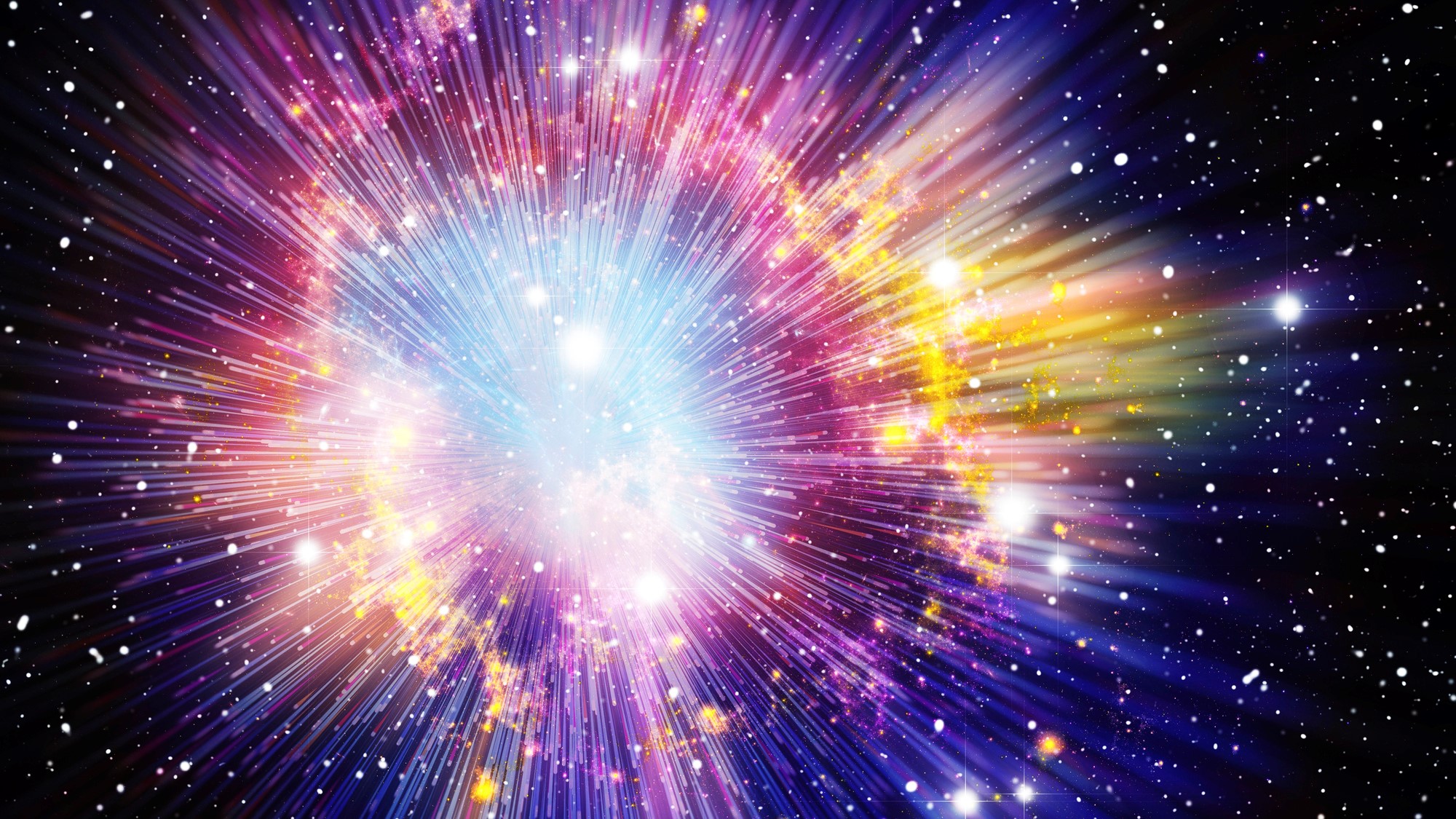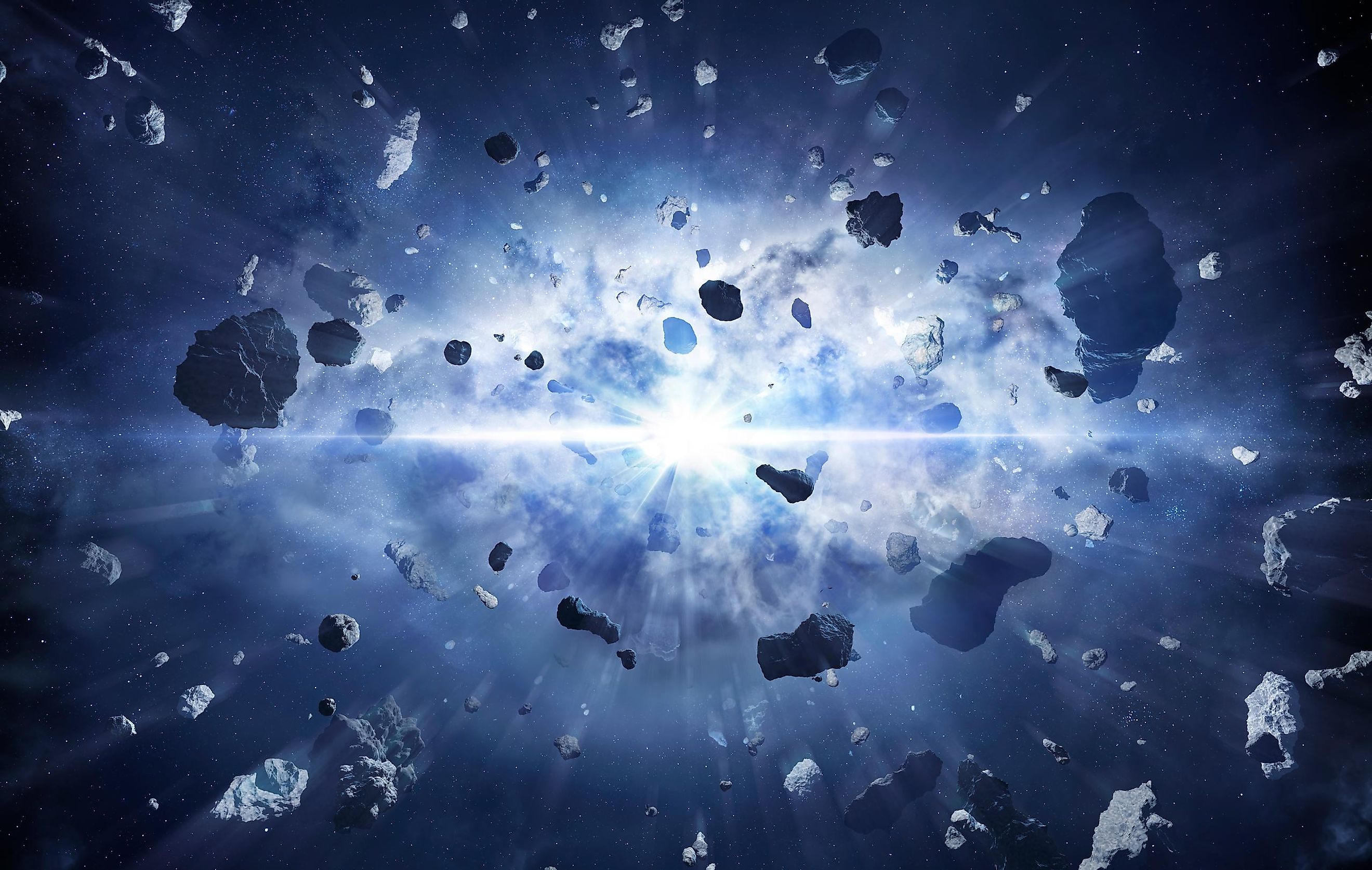The Big Bang Theory is one of the most widely accepted explanations for the origin and evolution of the universe. This theory suggests that the universe began as a singularity, a point of infinite density and temperature, and expanded rapidly in a massive explosion around 13.8 billion years ago.
The concept of the Big Bang Theory was first proposed by a Belgian physicist named Georges Lemaître in 1927, who suggested that the universe was expanding and that it had originated from a single point. However, it was not until the 1960s that the theory gained widespread acceptance, with the discovery of cosmic microwave background radiation (CMBR), which is the leftover heat from The Big Bang itself.The Big Bang Theory is a model that describes the formation of the universe in four stages. In the first stage, the universe was a singularity – a point of infinite density and temperature – which contained all the matter and energy in the universe. This stage is known as the Planck epoch, and it lasted for just a fraction of a second.
In the second stage, known as the inflationary epoch, the universe underwent a period of exponential expansion, during which it grew at an astonishing rate. This rapid expansion caused the universe to cool down and allowed for the formation of sub-atomic particles such as protons and neutrons.
The third stage, known as the radiation-dominated era, lasted for the first 380,000 years after the Big Bang. During this time, the universe was filled with hot, dense plasma, composed mostly of electrons, protons, and photons. As the universe continued to expand and cool, the electrons combined with the protons to form the first atoms.
Finally, the universe entered the matter-dominated era, which began around 380,000 years after The Big Bang and continues to this day. During this era, gravity played a major role in the formation of the universe, causing the gas clouds and dark matter to clump together to form stars, galaxies, and larger structures.
Despite its widespread acceptance, The Big Bang Theory still faces some challenges and unanswered questions. One of the most significant of these is the nature of dark matter and dark energy, which make up an estimated 95% of the universe's total mass and energy but remain largely unknown and mysterious.
In conclusion, The Big Bang Theory is a widely accepted explanation for the origin and evolution of the universe. This theory suggests that the universe began as a singularity and expanded rapidly in a massive explosion around 13.8 billion years ago. Although it still faces some challenges and unanswered questions, the Big Bang Theory has revolutionized our understanding of the cosmos and continues to shed light on some of the most fundamental questions about our universe.





